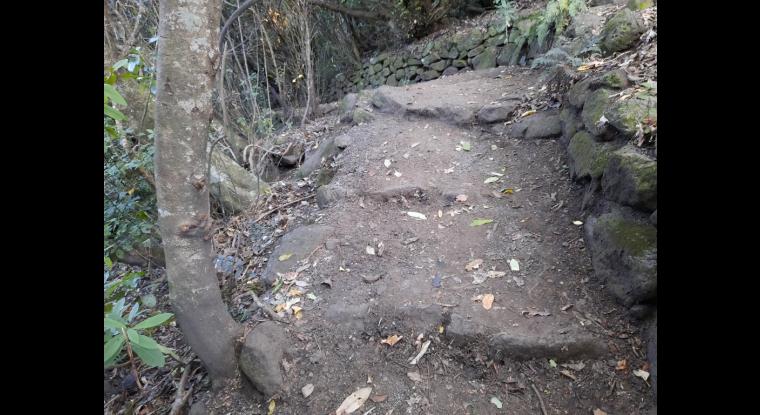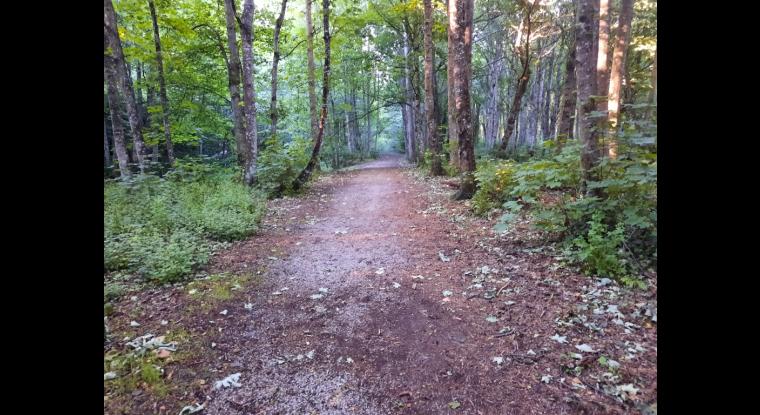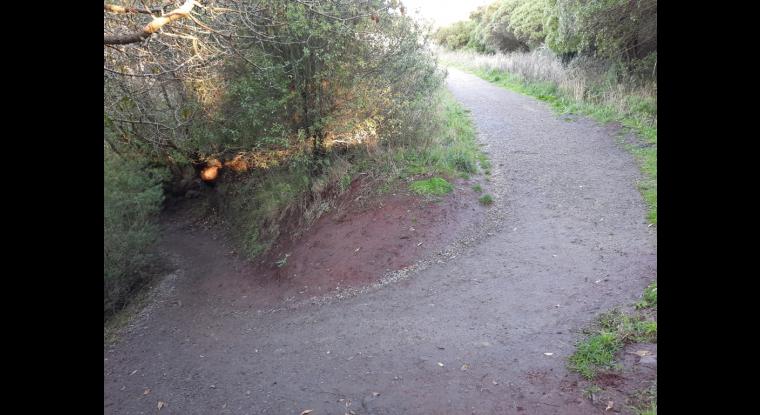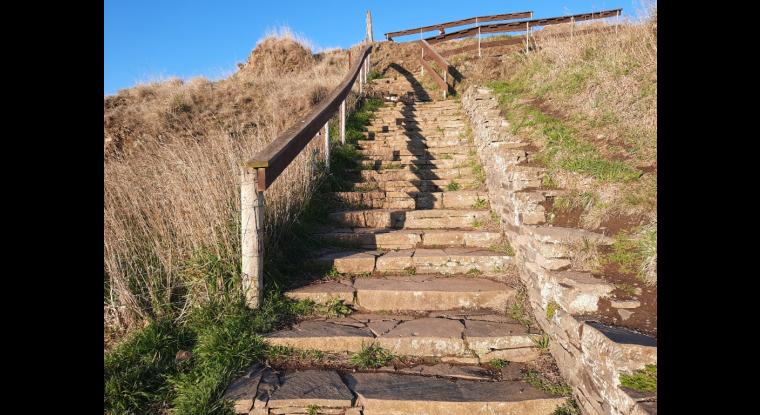Pathway
When there’s a change in surface type, gradient, camber or other factors, you will be dropping a pathway point-of-interest. Pathways quality will make up 60% of your documentation.
Surface change
As you profile, keep an eye out for changes. grass, light or heavy gravel, pavers, dirt/ mud, tree roots, sand. Mark any extremes as orange.
Gradient & camber
A light gradient is doable for most, while a steady and steep gradient isn’t. If you notice a camber (curved surface), it will cause issues for many people.
Steps & narrowing
Steps will always be marked as an orange pin whether natural or man-made. Where a track narrows to single file should also be marked as orange.
What to look out for
- Surfaces, including:
- Grass, gravel, pavers, dirt, scoria, tree roots, mud, sand
- It's condition:
- Muddy, slippery, dry, stable, overgrown
- Stairways - will more often cause challenges
- Sturdy, surface grip, handrails, number of steps
- Ramps
- Sturdy, surface grip
- Wide (more than 1200mm)
- Narrow (less than 1200mm)

Narrow single file mud track, with rock steps.

Wide and flat. Compact dirt. Can be slippery underfoot when wet.

Tight steep corner. Loose gravel at top end.

Over 30 stairs, handrails in sections. Uneven stone surface.
